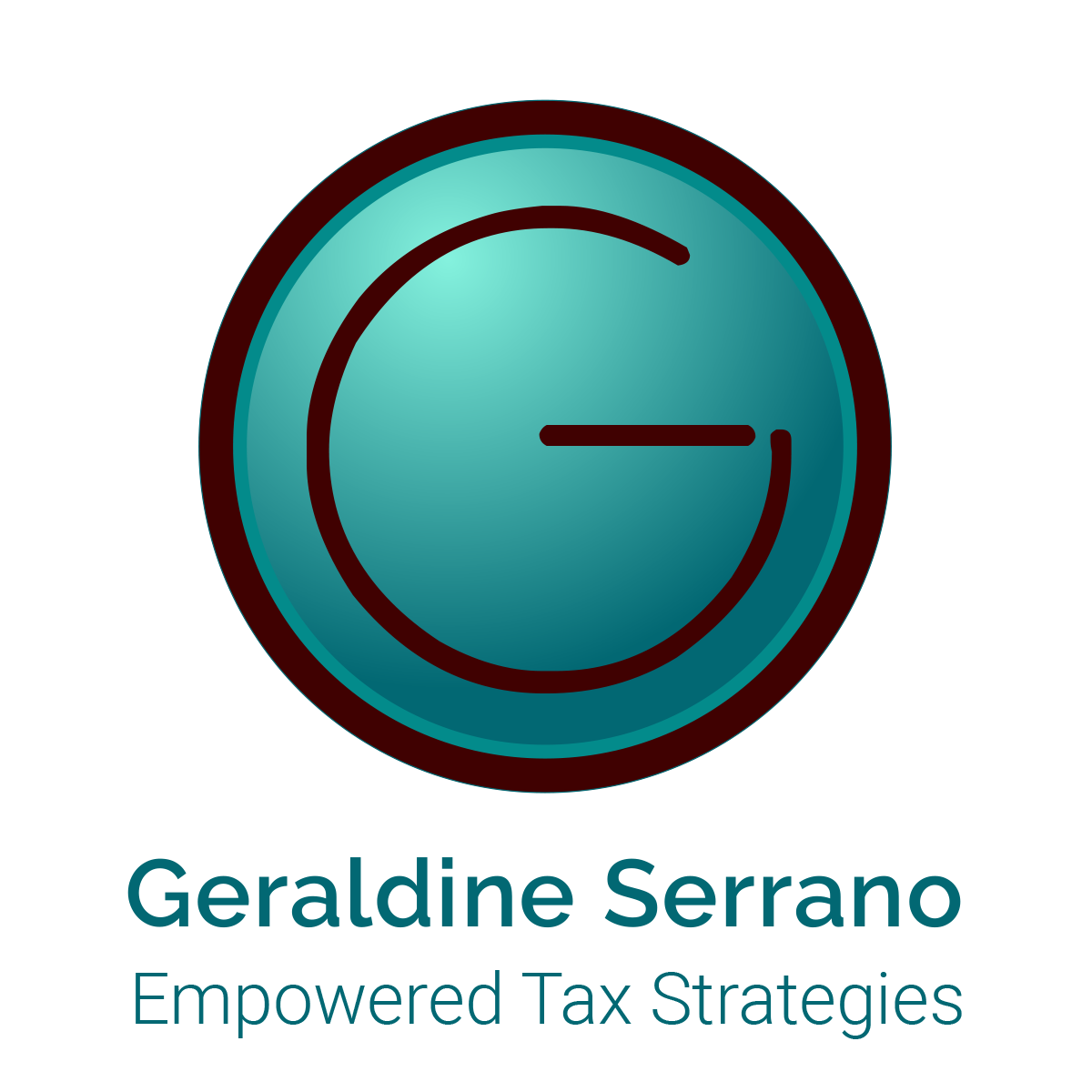
Get a Tax Deduction for Energy Efficiency
Did you know there’s a tax deduction of up to $1.80 per square foot for notably reducing energy and power costs in new or renovated government-owned buildings? Architects, engineers, and contractors may qualify for the 179D tax deduction. Seek guidance from our tax and financial advisors to learn more.
Overview
The 179D energy tax deduction (enacted as part of the Energy Policy Act of 2005) is an engineer-based tax incentive for significantly reducing energy and power costs in commercial buildings, specifically interior lighting, HVAC, and building envelopes. It allows for a tax deduction of up to $1.80 per square foot. The deduction may be claimed for new construction or improvements placed into service after Jan. 1, 2006.
A Change in Accounting Method may be used for commercial building owners to take the deductions retroactively. Designers of government-owned buildings can take the IRS 179D tax deduction for all “open” tax years, which generally allows three years from the filing date (buildings placed in service earlier than that require an amended return).
What Buildings Qualify?
Many building types qualify for the 179D energy tax deduction, including everything from ground-up construction to improvements on existing buildings.
- Commercial buildings of any type
- Residential buildings of 4 stories or more
- Government-owned buildings (such as courthouses, libraries, universities, transportation facilities)
- Parking garages
Who Can Benefit?
If you own commercial or apartment buildings or are involved in the design of government buildings, you may qualify for the 179D tax deduction.
- For-profit owners of commercial buildings
- For-profit owners of apartment buildings that are 4 stories or more
- Designers of government buildings (architects, engineers, ESCOs, and energy consultants)
Certification Requirements
We’ll help you determine if you qualify for the 179D tax deduction—here are the certification requirements:
- The energy and power cost savings calculations must be performed with Department of Energy-approved software.
- Field inspections must be performed after the energy-efficient property has been placed into service in accordance with NREL Guidelines.
- Certifications and inspections must be completed by a qualified engineer or contractor in the jurisdiction of the qualifying building.
- The taxpayer shall maintain the certification in their records to establish the entitlement to, and amount of, the deduction claimed.
Save Up To $1.80 Per Square Foot of Improved Space
$0.60 / Square Foot
For construction or improvement of lighting systems that meet 25% savings.
$0.60 / Square Foot
For improvements relating to energy-efficient HVAC systems meeting 50% savings.
$0.60 / Square Foot
For building envelope systems (walls, windows, roofs, and doors) meeting 10% savings.
179D Tax Deduction FAQs
Does my CPA already do this?
Most CPA firms provide a wide range of services to their clients. However, no one person can know everything about the tax code. Section 179D is a very specific part of the tax code that the average tax preparer may know little about.
Instead, the CPA community relies on providers like Veritax Advisors to supply their clients with the expertise and know-how to deliver the necessary certifications and documentation to take the 179D tax deduction.
Do I have to get a certification to take the deduction?
A Section 179D deduction is like any other deduction you claim on a tax return. If you are ever questioned about the amount of the deduction taken, you will be expected to produce a certification report produced by an independent third party. IRS Revenue Procedures 2006-52, 2008-40, and 2012-22 are the rules that dictate who can claim the deduction. At Veritax Advisors, we ensure that all our certification and related procedures follow all IRS guidelines.
Recent 179D Certification Results
Building179D DeductionNational Guard$113,000Public School$630,000Courthouse$365,000Does it matter when I take the 179D deduction?
What if I didn’t take the deduction the year the building was finished?
How much does it cost and how much will I save?
In all our projects, we prepare an initial detailed no-cost analysis to determine the benefits of doing a study. From this analysis, we determine the cost of the study, and then you can make a final decision on whether a study would be beneficial to you.
The study fee is 100 percent deductible, and, from our experience, the benefit will be three to up to 25 times the cost of the study.
Other Tax Credits & Deductions
Cost Segregation Study
Real estate investors can increase depreciation deductions, reduce income tax liabilities, and maximize cash flow.
R&D Tax Credit
Companies can get a tax credit for developing lighter, faster, more durable, less expensive, more reliable, or more precise products.
Tangible Property Regulations
Property owners can expense some of their building-related expenditures, such as supplies or repairs, to reduce taxable income.
U.S. Export Tax Incentive
Export companies can take advantage of IC-DISC, which provides certain tax incentives for U.S.-based exporters.
Let's Chat
Let's get started by booking a meeting for a free consultation. We will go through different specialty tax programs that will help you save!






